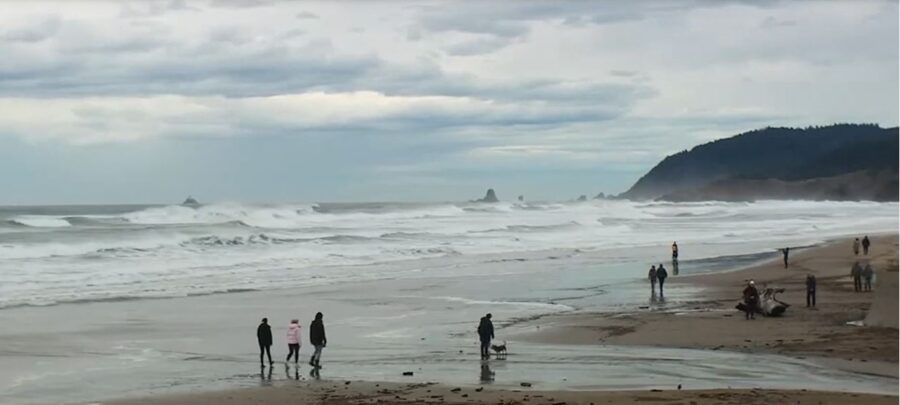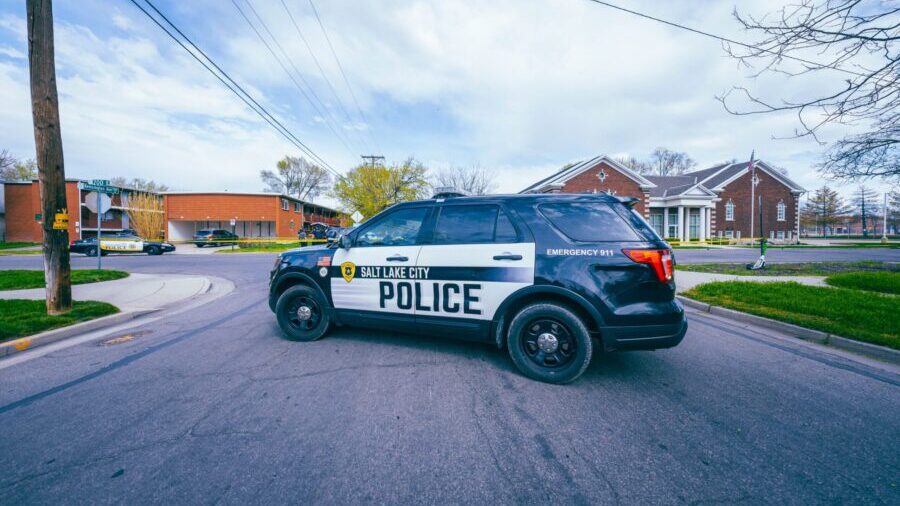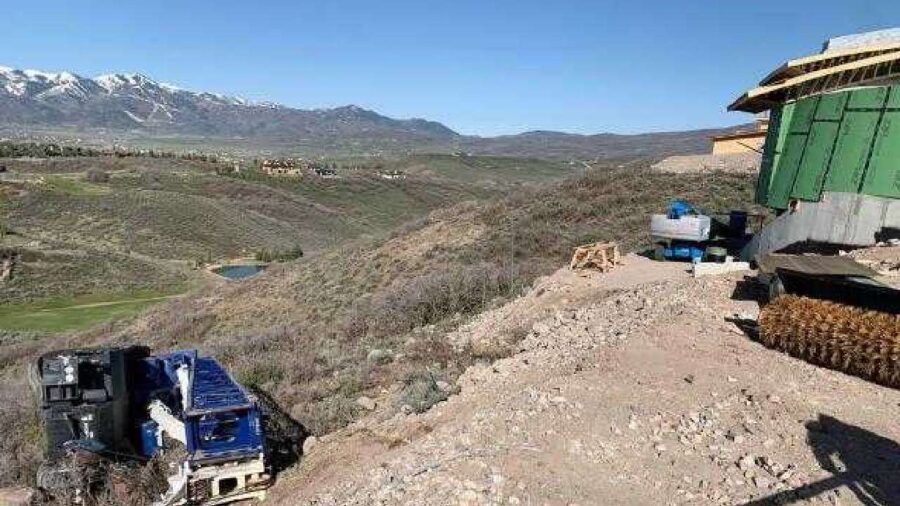Preschool teacher finds rare fossil along Oregon coast
Apr 13, 2024, 10:32 AM

In March, Amariah Jacobs was on a hike with her husband along the Oregon coast when she found a rare fossil of an extinct animal.
Click here for updates on this story
PORTLAND (KPTV) — In March, Amariah Jacobs was on a hike with her husband along the Oregon coast when she found a rare fossil of an extinct animal.
“I happen to be walking on a long, long stretch of sand in the middle of nowhere and found a tiny, tiny patch of cobble,” Jacobs said. “I just thought I saw a snail and looked down but then on second thought, was like ‘what the heck are these – teeth?’”
Matthew Miller, a Smithsonian Museum specialist in paleobiology, says yes – they are teeth, and most likely of a desmostylian – a hippo-like animal that is closely related to elephants and sea cows.
“They mostly lived in the water, they were swimming around,” Miller said. “They’re eating vegetational at the bottom of the seafloor and shallow coastal environments, coming back on land to have their children.”
Miller said the tooth is estimated to be 20 to 23 million years old.
“Based on its rounded nature, like the fragment of bone that it’s in it probably weathered out of a much larger skull,” Miller said. “It’s very likely that the sea basically eroded the skull out of the rock underneath the waterline and broke it up into various fragments and just so happened that the teeth are a little bit more robust, and this fragment just happened to survive the rest of the skull broke apart.”
Miller said the find is rare because only about 1% of all living animals become fossilized.
Jacobs said she is in talks with the University of Oregon to donate the fossil.
“I just picked something up off the ground that the ocean would’ve scooped away in the next two hours and we wouldn’t have seen it again for another 20 million years,” Jacobs said. “I would love to see it be on display if it’s of quality, good enough, to be on display. And I would certainly like to see it be available for study.”
Until then, the preschool teacher wants to make the rare find a teachable moment for her students.
“The physics they need exist in the world around them, the biology they need to learn at that age exists in the world around them,” Jacobs said. “So, take the children outside, let them touch the natural world, and whenever you can, bring the natural world back inside for the children.”













